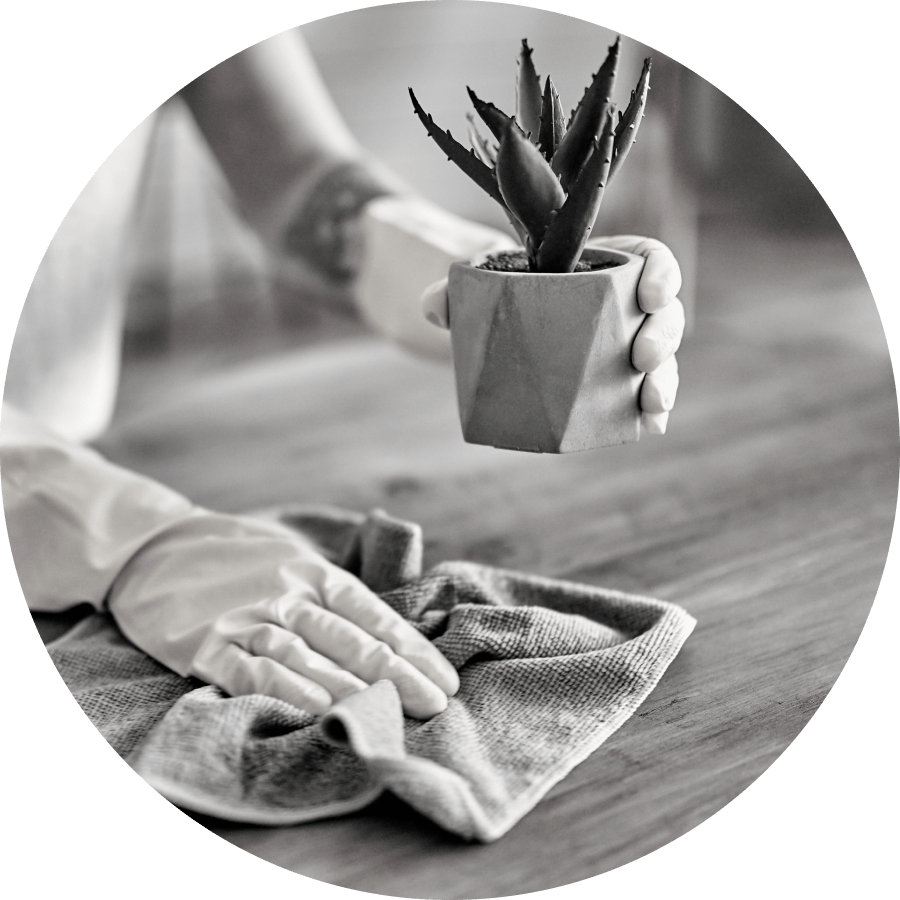Keeping your radiators clean is essential not only for appearance but also for energy efficiency and overall home comfort. Dust, dirt, and debris can block airflow, making your heating system work harder and costing you more money. In this guide, we’ll show you exactly how to clean radiators properly, step by step, with professional tips that will keep your home warmer and healthier.
Why Cleaning Radiators Matters
Many homeowners overlook radiator cleaning, but neglect can lead to:
Reduced heating efficiency (higher energy bills).
More dust and allergens circulating in your home.
Rust spots and longer-term damage.
Regular cleaning ensures maximum heat output and a cleaner living environment.
Tools You’ll Need
Before you start, gather these essentials:
Vacuum cleaner with brush attachment
Radiator cleaning brush (or long duster)
Bucket with warm soapy water
Microfiber cloths or sponge
Towel or sheet to protect the floor
Step 1: Turn Off Your Heating
Always start by switching off your central heating and letting radiators cool down completely. Cleaning while hot is unsafe and less effective.
Step 2: Vacuum Loose Dust
Use a vacuum with a brush attachment to remove visible dust from the top, sides, and vents. Pay attention to the grooves where dust usually collects.
Step 3: Clean Inside the Radiator
The tricky part is the dust that hides inside the radiator fins. Here are two effective methods:
Radiator brush – Slide the long flexible brush down the gaps to pull out hidden dust.
Hairdryer on cool setting – Blow dust out from the back of the radiator (place a towel underneath to catch it).
This step can dramatically improve radiator efficiency.
Step 4: Wash the Exterior
Dip a cloth or sponge in warm soapy water and wipe the radiator surface. Don’t use harsh chemicals, as they can damage the paint. For stubborn stains or grease, a mixture of vinegar and water works well.
Step 5: Clean the Surroundings
Dust doesn’t just sit on the radiator – it falls to the floor and skirting boards. Wipe down the wall behind, the skirting boards, and vacuum the floor area around the radiator.
Step 6: Check for Cold Spots
Once the radiator is dry, turn the heating back on. If you notice cold spots, your radiator may need bleeding or even a professional power flush.
Extra Tips for Cleaner, More Efficient Radiators
Bleed radiators regularly to release trapped air.
Dust weekly to prevent buildup.
Avoid covering radiators with furniture or curtains, as this blocks airflow.
Schedule professional cleaning if radiators are still underperforming after DIY care.
Professional House Cleaning in Dublin
While learning how to clean radiators yourself is useful, sometimes DIY isn’t enough – especially when your whole home needs a proper deep clean. At ShiningOven, we don’t just focus on one area – we provide comprehensive house cleaning services, which include radiators, kitchens, bathrooms, carpets, and more. Our trained technicians use professional tools and eco-friendly products to make your entire home fresher, safer, and more energy efficient.
Ready to enjoy a spotless home from top to bottom? Contact us today and let us take care of the cleaning for you.

 1.svg)

 Blog
Blog About us
About us 1.svg) Contact
Contact.svg) Bookings
Bookings Cleaning address
Cleaning address Requisites (for business)
Requisites (for business) 1.svg) Contact details
Contact details
